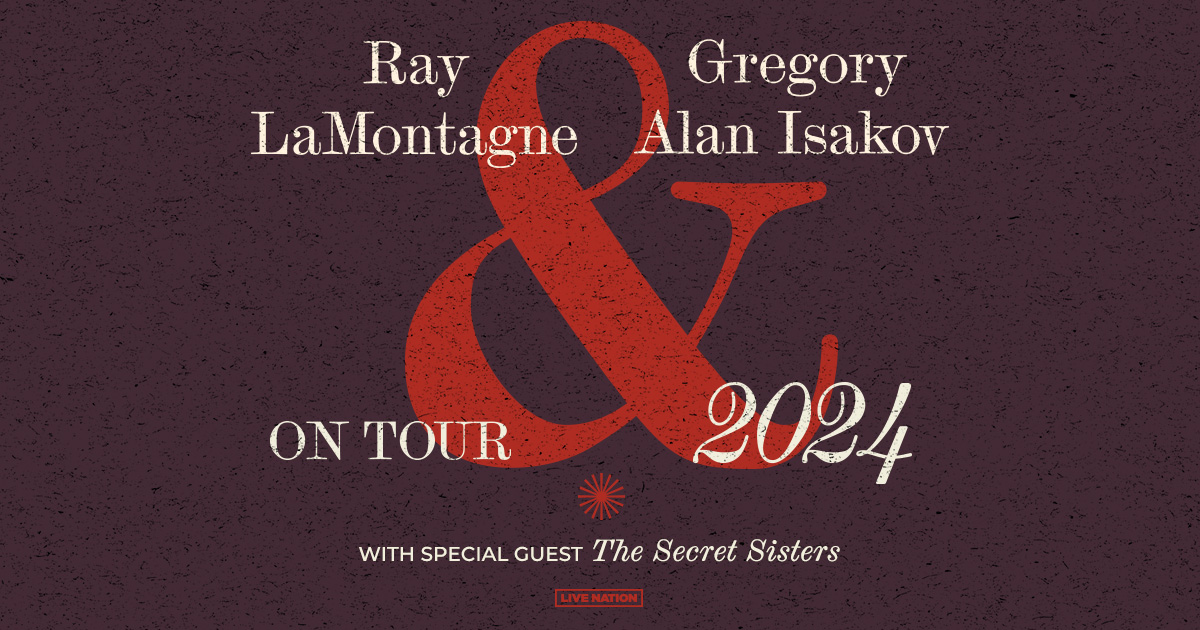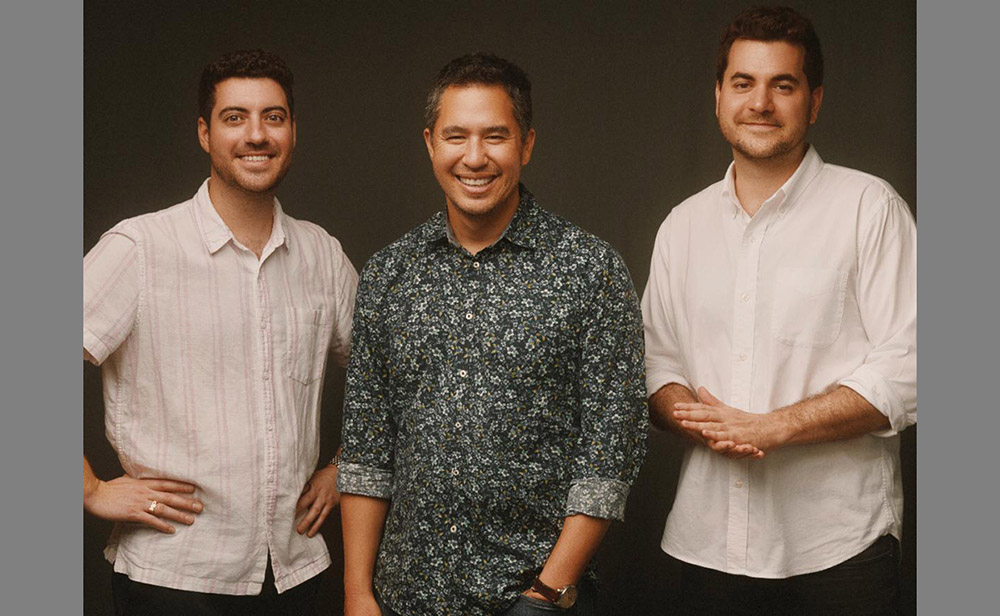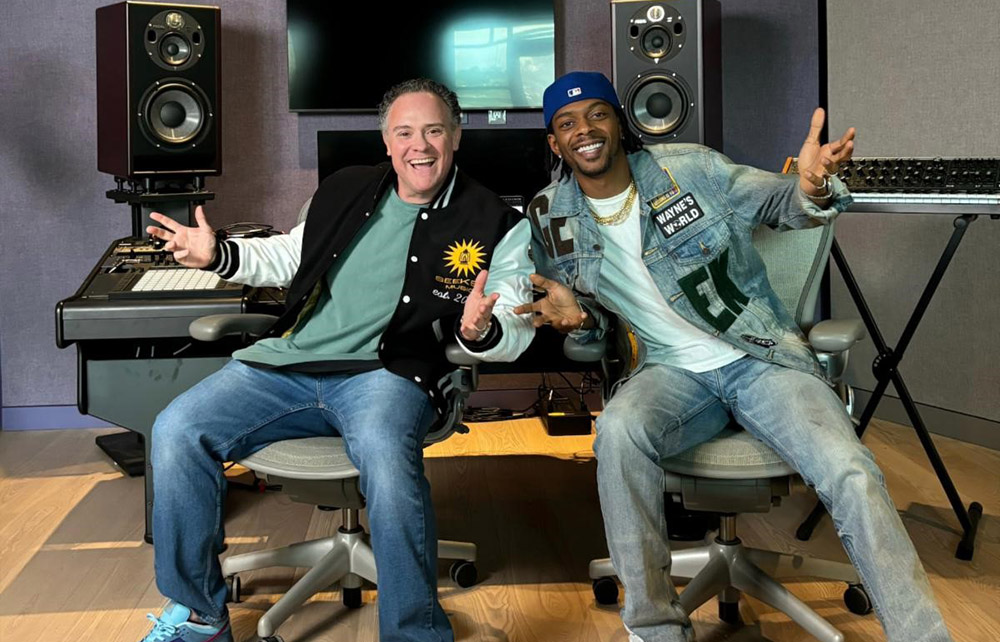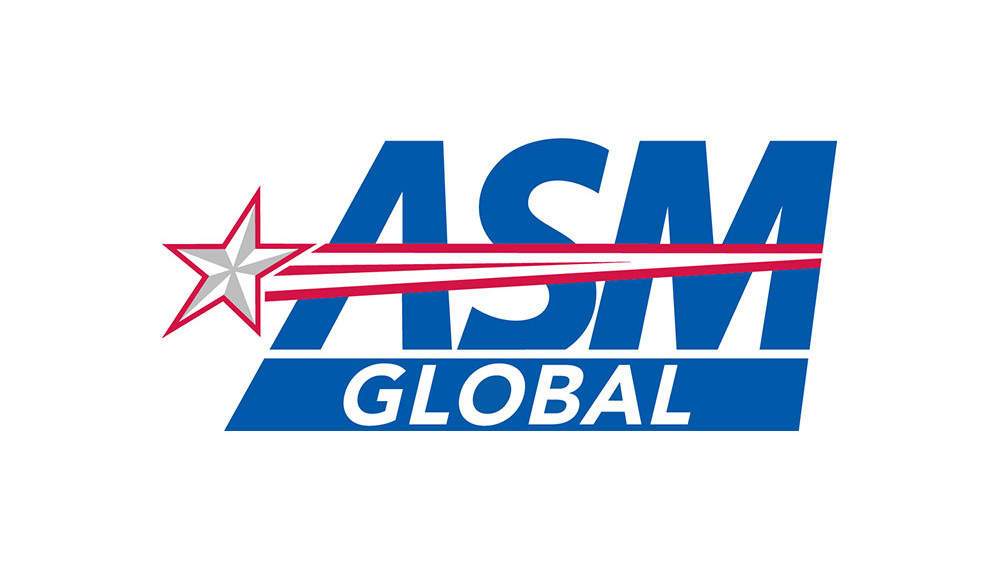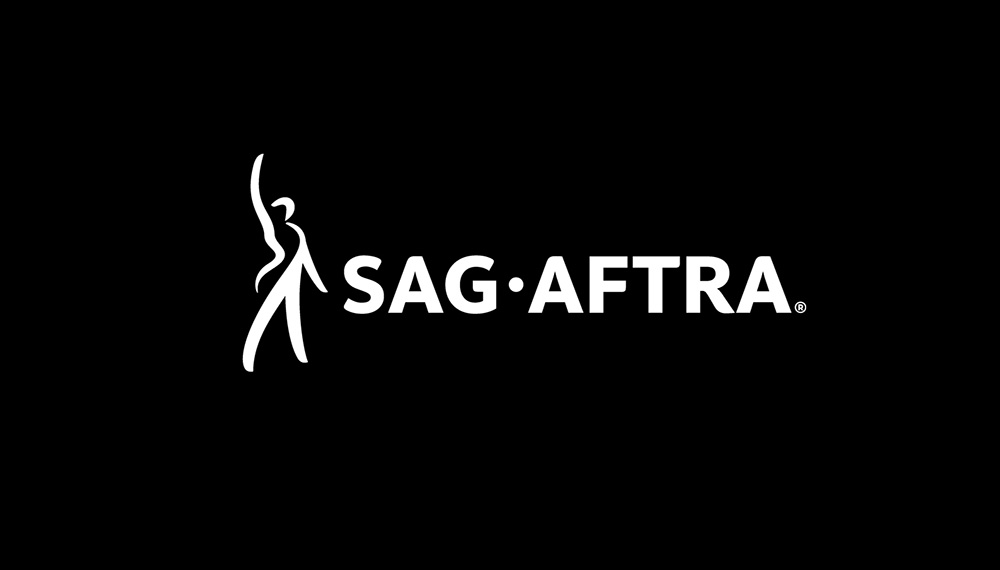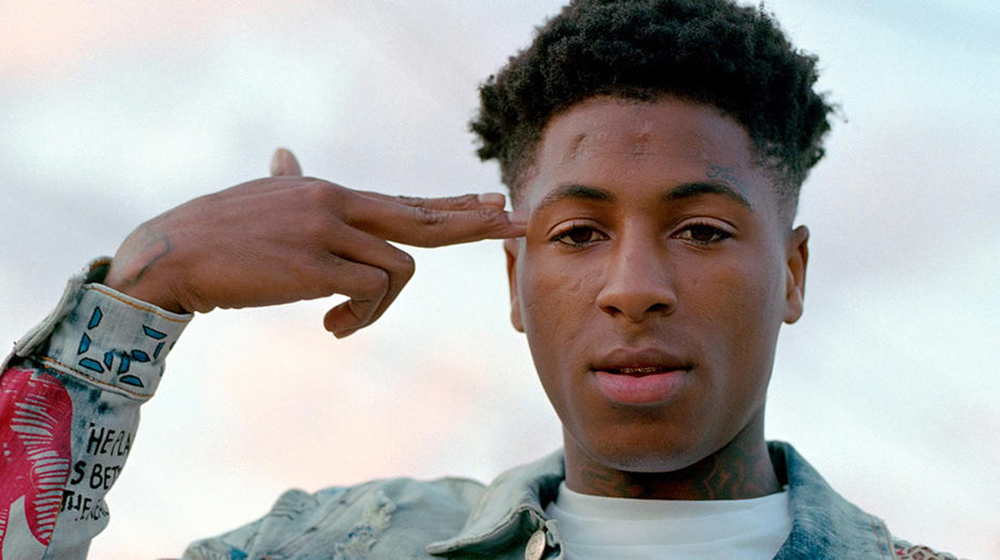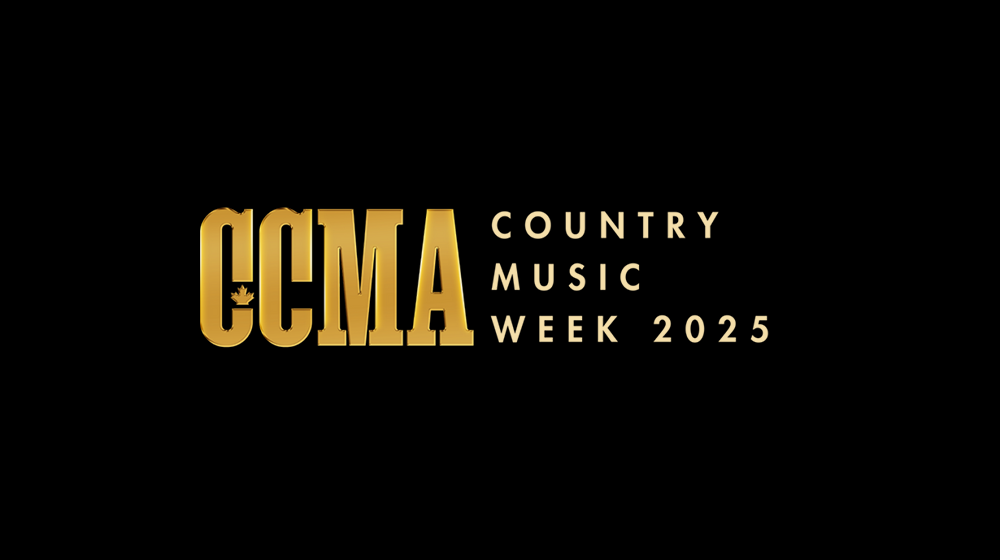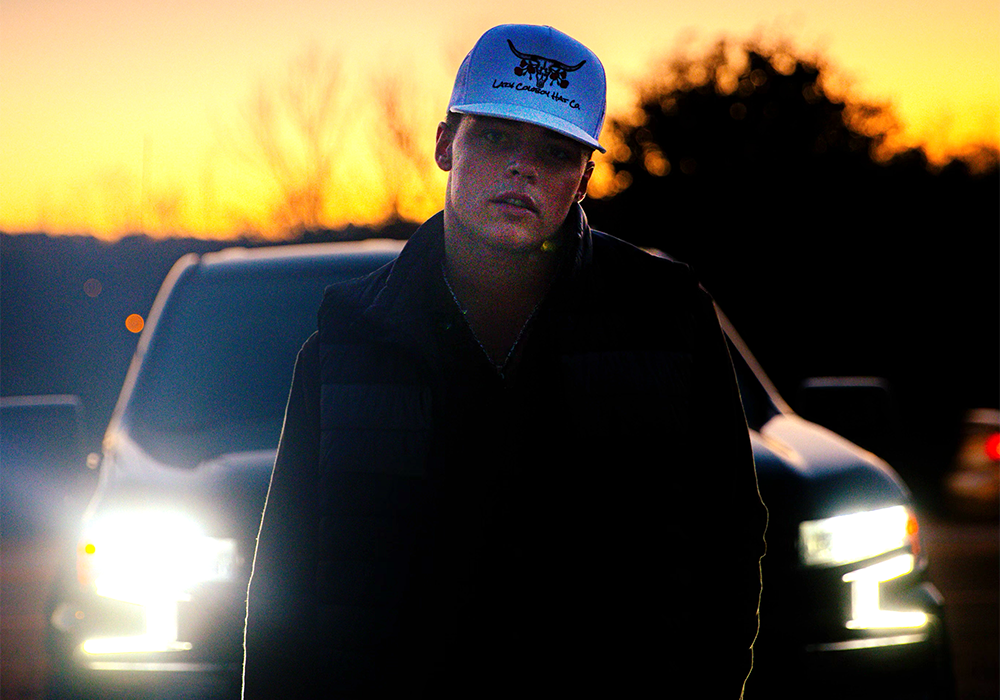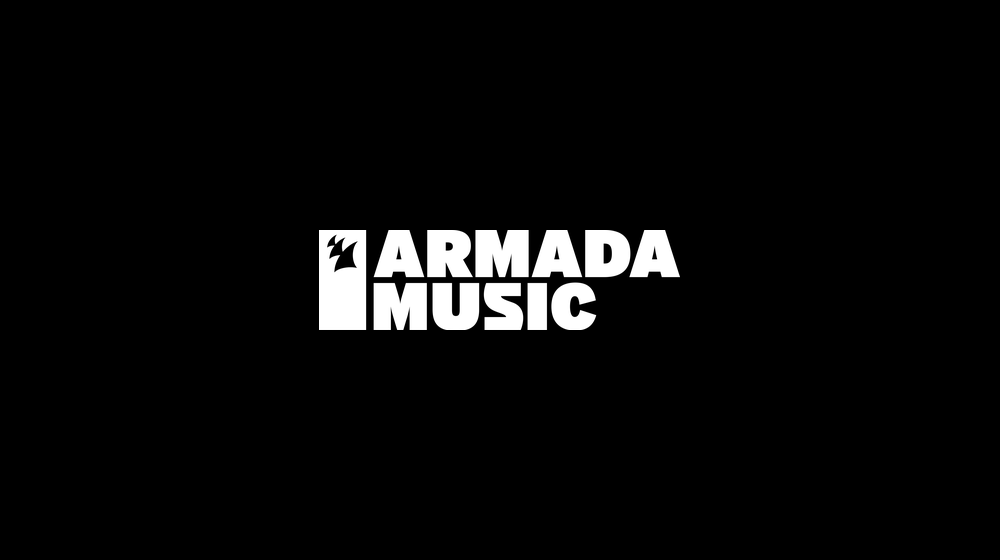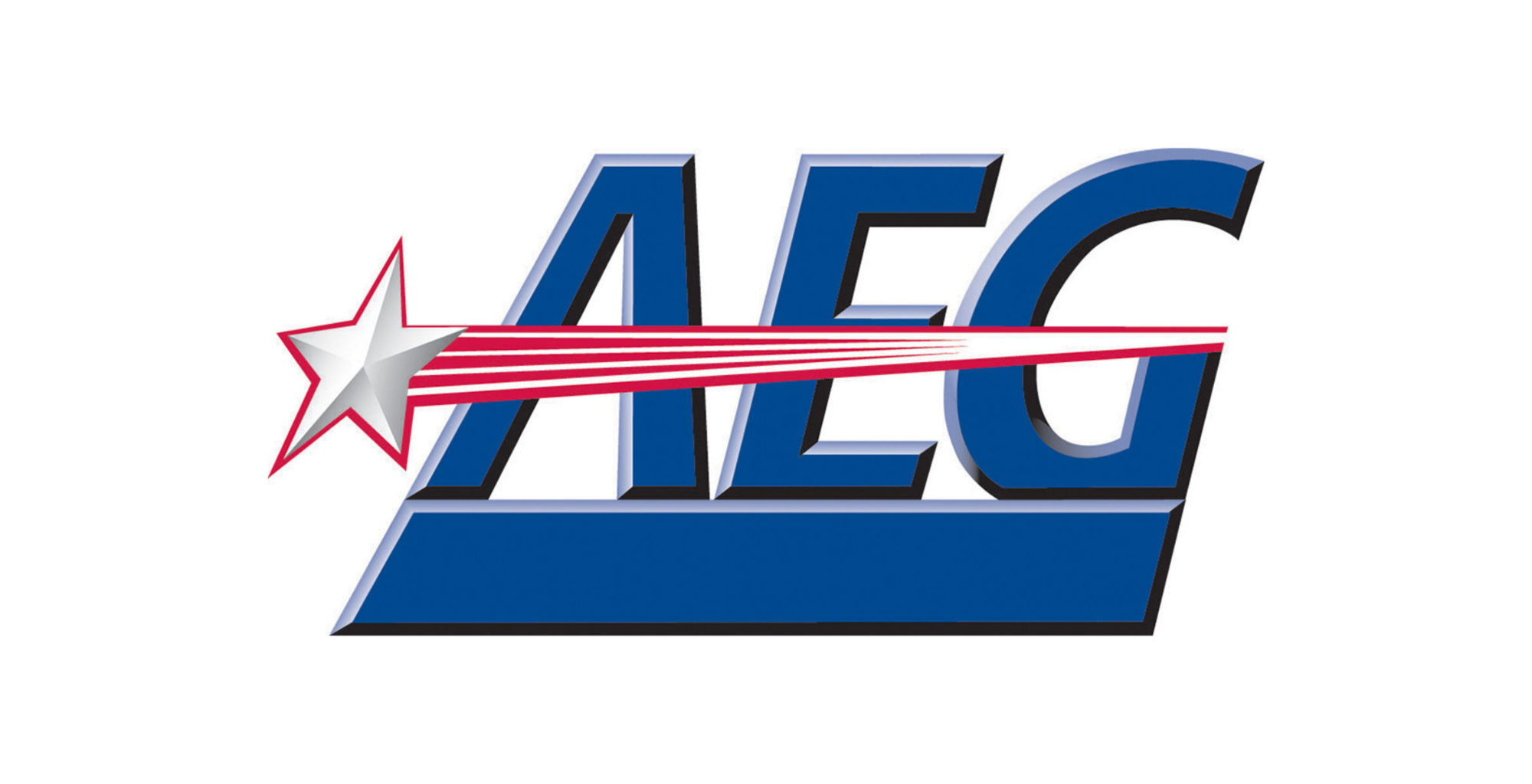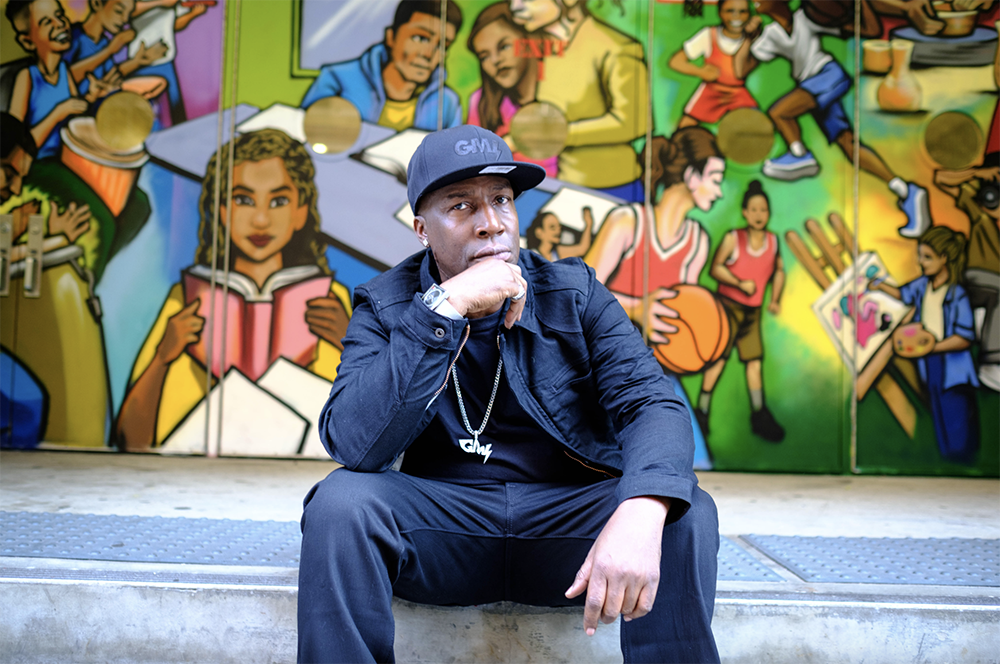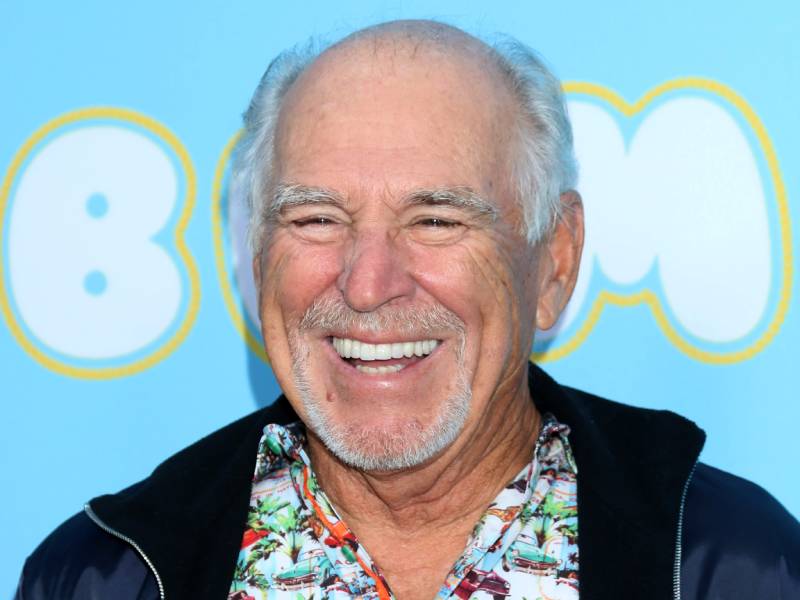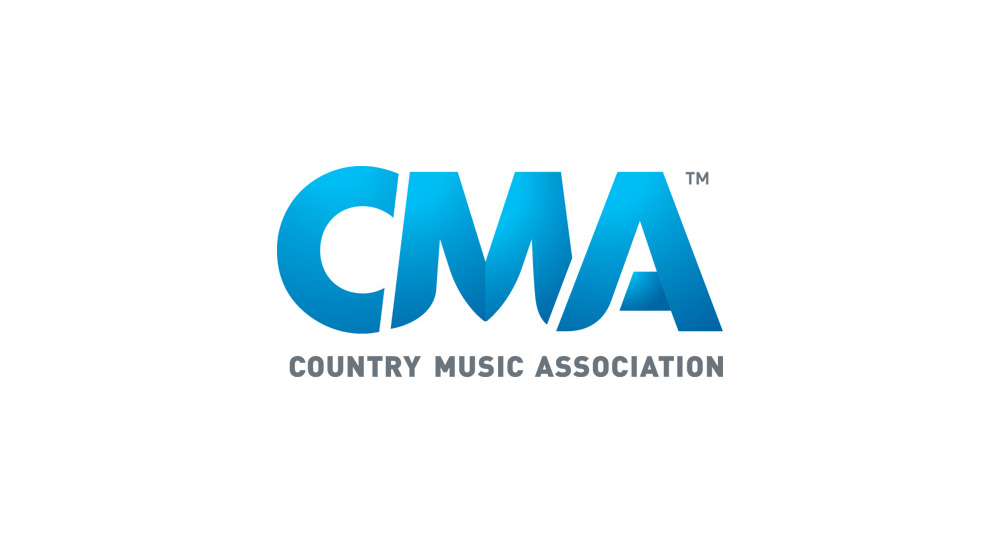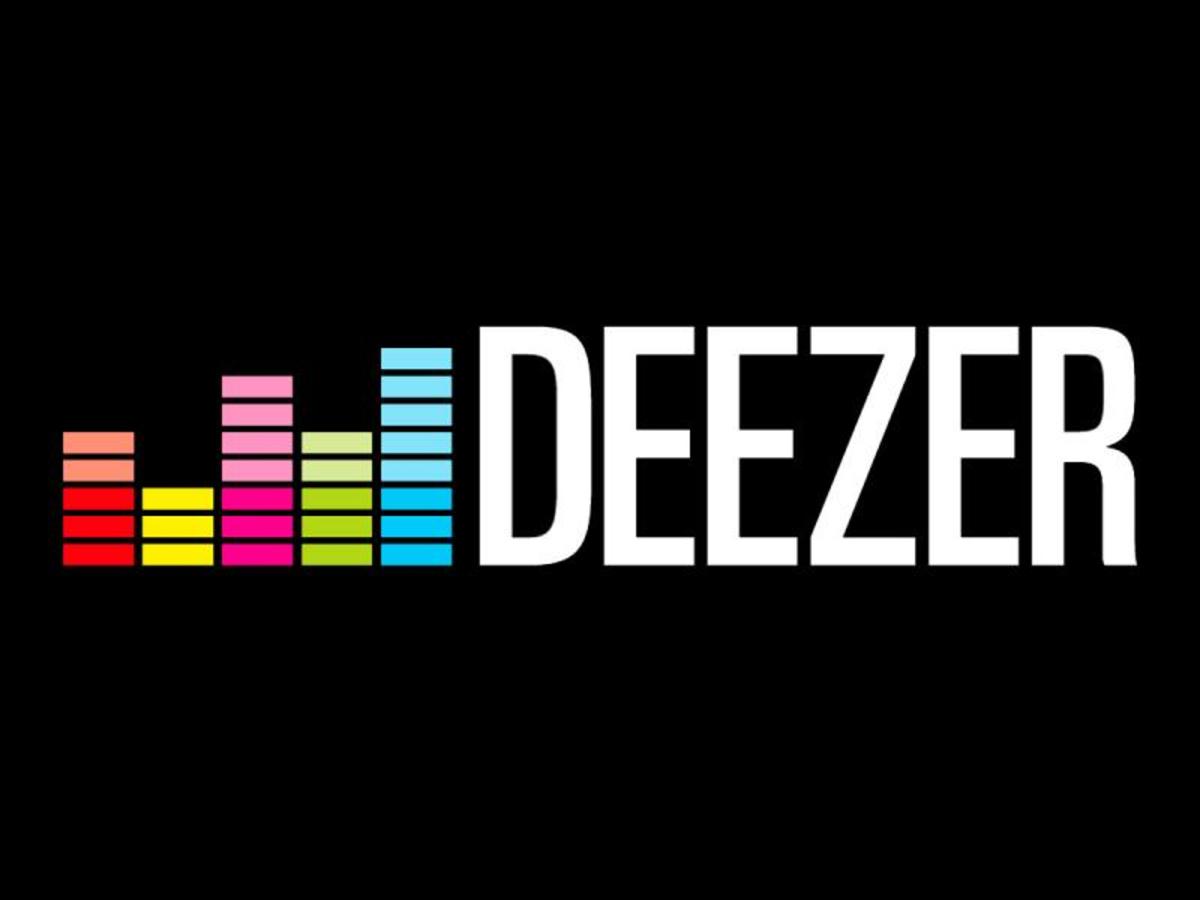
NEW YORK (Hypebot) –
GUEST POST: Jay Frank is the author of Futurehit.DNA and SVP Music Strategy of CMT. You can download a free chapter of his great book on his blog FuturehitDNA.com and Hypebot's Kyle Bylin interviewed him earlier this year. In this guest post, Frank looks at the factors behind the meteoric success of teen idol Justin Bieber using the FuturehitDNA methodology.
Justin Bieber mania has arrived. With the release of his new album, My World 2.0, and a sure thing #1 debut, many people are wondering how it happened. Teen phenomenons can certainly happen fast, but rarely without the help of a Disney show in recent years. By my rough calculations, after the first week sales of his new album are accounted for, Justin will have grossed approximately $15 million in total recorded music sales, not including ringtones, streaming revenue, T-shirts or posters in less than 9 months. And that’s just in the United States. For a music business in “trouble” and an artist aimed clearly at teenagers and below, this is a success, especially because the train is really just leaving the station.
So the question is, how did this become so successful so quickly? There’s been plenty of other artists who have been released in the same timeframe that can’t count this level of success in this short of a period. What made it work? There are a lot of specific elements in each song which I’ll detail shortly, but readers of Futurehit.DNA know the answer lies in Chapter 7 of the book.
RELEASE MORE SONGS MORE OFTEN
Look at this time frame of songs being released:
Did you get all that? In a world where many people are in the game of milking singles for all they’re worth, Justin just kept releasing content. A new official video has been released every 3 months. Two album releases. 18 total tracks have come out. All within 9 months. Considering that most artists are at a pace that’s nearly twice that, it’s not surprising that Justin runs rings around them.
And this all occurred by focusing on the fan and constantly feeding them content rather than just chart positions. The first two singles didn’t crack the Top 15 on the Billboard Hot 100. And Justin’s biggest hit, “Baby”, reached #3. Meanwhile, #1 songs are regularly engaging in much less commerce.
And Justin’s songs regularly engage in a Futurehit.DNA formula to engage his young audience:
SHORT INTROS (Chapter 1)
“One Time” has a 7 second intro. “One Less Lonely Girl” has no intro. “Baby” has a positively long 14 second intro. Yet both “One Time” and “Baby” make use of Justin utilizing an “ay” and “woah” vocal during the intro. Since Justin has a young higher pitched male voice, one could make the argument that he is creating a distinctive vocal right from the get-go so you know who’s singing.
LONGER SONGS (Chapter 2)
Justin Bieber’s songs are hardly epic with lengths of the singles ranging from 3:30 to 3:50. However, considering that Ke$ha’s big hits don’t even reach 3:30, he’s definitely competitive in his category. Regarding length, Justin’s songs actually fall right into the range of the majority of Top 100 songs at the moment.
CHORD CHANGES (Chapter 3)
There’s not a lot of chord changes going on in Bieber’s hits. However, he puts the dramatic changes where it counts. I often talk about the need to change things up around the two minute mark, and Bieber does this regularly. In “One Time”, the song drops all instruments except drums giving Justin a moment to sing acapella, which given his talent is very distinct. In “One Less Lonely Girl”, a very distinct key change occurs. And in “Baby”, there is a significant drop out towards the end of the 2nd verse that’s attention grabbing that then leads into the Ludacris verse. Nothing earth-shattering, per se, but all effective in engaging the listener at a time that counts.
REPETITION (Chapter 10)
If there’s anything that occurs in Bieber’s songs, it’s repetition.
And to hit the teen and tween market, it’s almost too obvious that this technique would be utilized. The title of “One Time” is repeated 32 times in the song, with the word “one” used an additional 17 times. A long song title doesn’t prevent “One Less Lonely Girl” being repeated 39 times. For “Baby”, they probably went for the world record with 55 mentions of the title. Within the rest of the songs, there are numerous other instances of repetition to just add to the effectiveness of repetition.
Again, all of these elements and more contribute to the phenomenal success of Justin Bieber. Towering above them all, however, is the super serving of the audience thru constant releases. This is an element that can occur on any scale with any style of artist. The more you keep momentum within your audience and the more you keep them engaged, the more likely you will succeed. If more artists followed this formula, a $15 million US gross for recorded music would be a more regular occurrence.



















